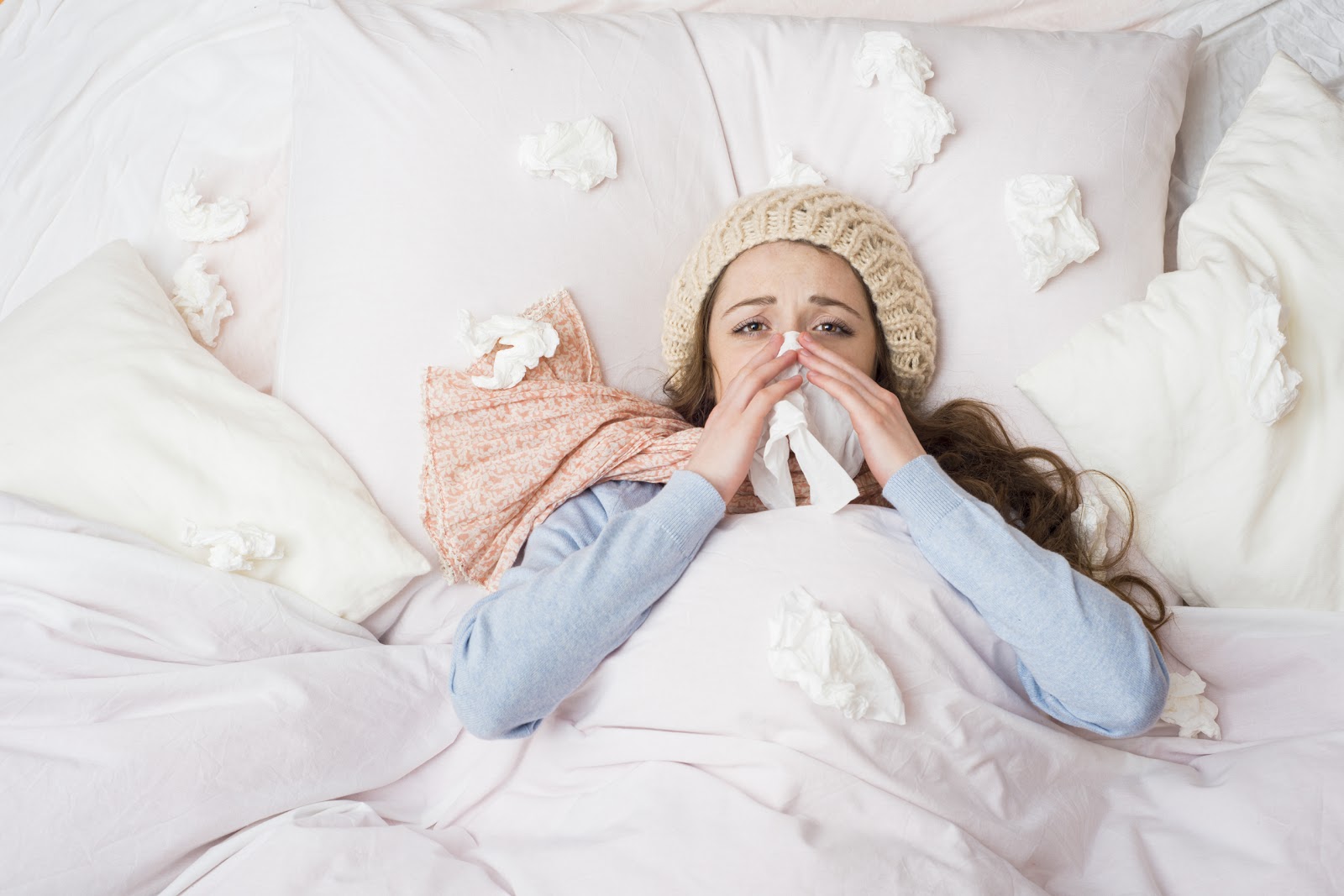Save a Trip to the Doctor with a Whole-House Humidifier
 Why does it seem that colds are more common in the wintertime? Head colds, sinus infections, sore throats, coughs…the list goes on and on. One thing homeowners don’t usually think about is the humidity level in their home. Because our furnaces run all winter long, the air inside gets drier and drier. Also, not much fresh air enters your home in the winter because you are trying to keep the heat inside. No one opens their windows in the middle of winter. You may be surprised to learn a few tricks that will help your family stay healthier and feel better in general. Humidity plays a big role.
Why does it seem that colds are more common in the wintertime? Head colds, sinus infections, sore throats, coughs…the list goes on and on. One thing homeowners don’t usually think about is the humidity level in their home. Because our furnaces run all winter long, the air inside gets drier and drier. Also, not much fresh air enters your home in the winter because you are trying to keep the heat inside. No one opens their windows in the middle of winter. You may be surprised to learn a few tricks that will help your family stay healthier and feel better in general. Humidity plays a big role.
Humidity Levels Drop in Winter
As outdoor temperatures drop during winter, humidity levels drop as well. Why? Cold air has less capacity to hold moisture than warm air does. Lower outdoor humidity levels translate to lower indoor humidity levels. This lack of moisture in the air is what creates low humidity levels. This can create a number of issues that affect your health.
Problems with Low Indoor Humidity Levels
If the humidity level drops too low, flu viruses are able to survive longer and be transmitted more easily between people. Mucous membranes in the nose and throat dry out, increasing your discomfort and susceptibility to colds. Breathing drier air can also contribute to sore throats and coughs as well as exacerbate symptoms of asthma and allergies. Dry itchy skin, cracked lips, and bloody noses are all more common in drier air as well. If you notice high incidences of static shock, your home is too dry.
Whole-House Humidifiers Keep Humidity Levels Normal
One of the easiest ways to add humidity back into the air in your home is to add a whole-house humidifier. A whole house humidifier is installed on your furnace and adds moisture to the air every time the furnace kicks on. It’s virtually maintenance free other than changing the pad at the beginning of the winter season.
What Humidity Level Is Best During Winter?
Problems are most prevalent when the humidity level drops below 30%. At these low levels, problems like dry skin, cracked lips, nosebleeds, and aggravated symptoms of asthma and allergies are much more widespread. The ideal home humidity level is around 40-50%. This will reduce the symptoms listed above as well as lower the likelihood of static electricity. Your home will feel more comfortable and you can minimize the health issues that are commonly linked to low humidity during winter.